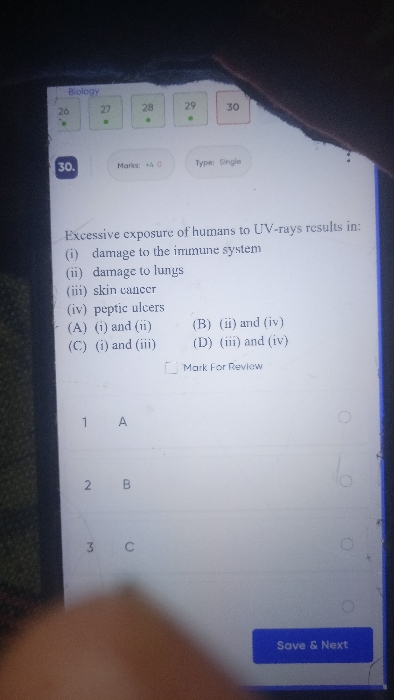CBSE Class 10 Answered
please explain what is saponification with some example in lucid language
Asked by ppratim02 | 06 Oct, 2014, 04:23: PM
Saponification is the hydrolysis of an ester under acidic or basic conditions to form an alcohol and the salt of a carboxylic acid. Saponification is commonly used to refer to the reaction of a metallic alkali (base) with a fat or oil to form soap.
Example:
Ethanoic acid reacts with alcohols in the presence of a conc. sulphuric acid to form esters.
C2H5OH + CH3COOH → CH3COOC2H5 + H2O
The ester, on treating with a base such as NaOH is converted back to alcohol and sodium salt of carboxylic acid. The reaction is known as saponification because it is used in the manufacture of soap.
CH3COOC2H5 + NaOH → C2H5OH + CH3COONa
Answered by Hanisha Vyas | 06 Oct, 2014, 07:56: PM
CBSE 10 - Science
Asked by sony.lucky455 | 02 Apr, 2024, 03:23: PM
CBSE 10 - Science
Asked by sagarmishra | 18 Mar, 2024, 04:10: PM
CBSE 10 - Science
Asked by srinivasansriharinia9 | 01 Mar, 2024, 08:17: PM
CBSE 10 - Science
Asked by muskanprayagraj78 | 26 Feb, 2024, 05:44: PM
CBSE 10 - Science
Asked by kmannatpreet4 | 21 Feb, 2024, 07:34: PM
CBSE 10 - Science
Asked by umaambiger87 | 08 Feb, 2024, 03:28: PM
CBSE 10 - Science
Asked by pvasanth3573 | 07 Feb, 2024, 10:13: PM
CBSE 10 - Science
Asked by samirankarmakar2702 | 07 Feb, 2024, 09:59: PM



